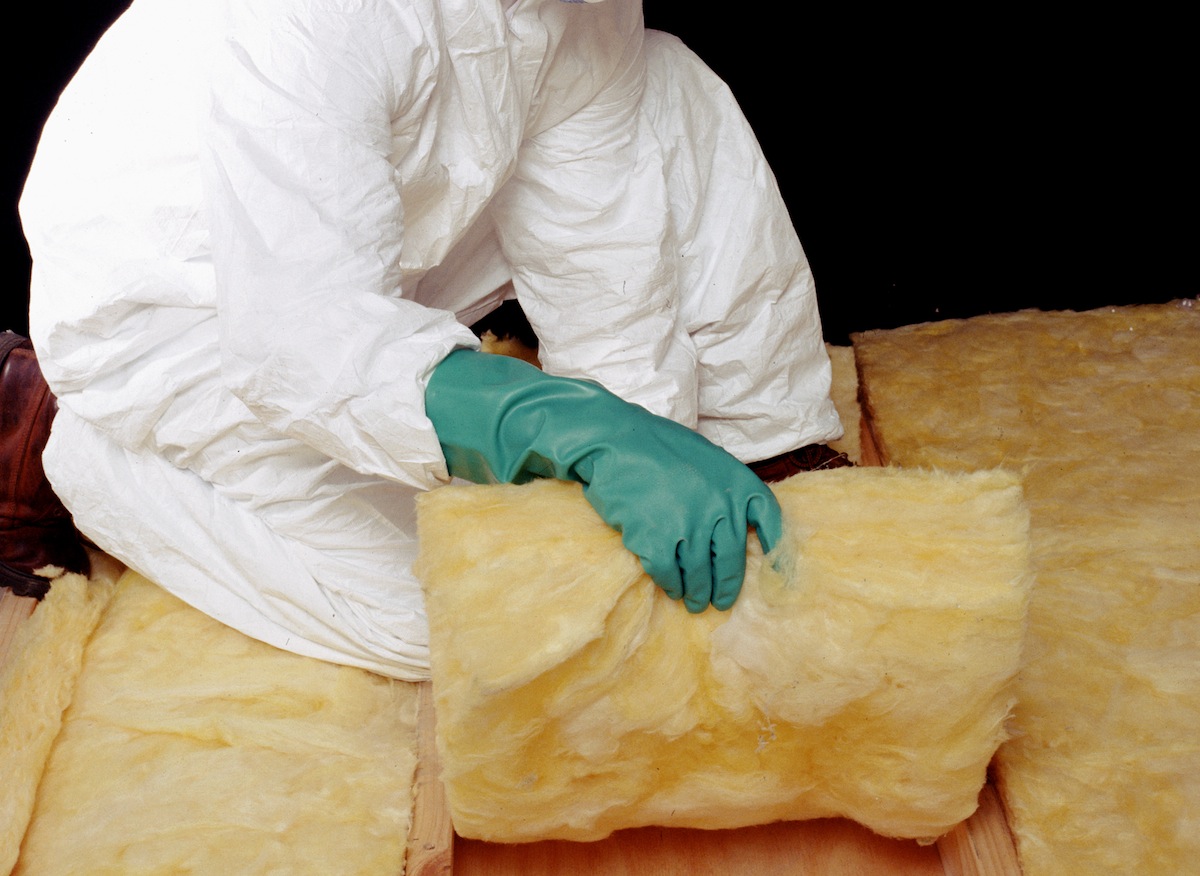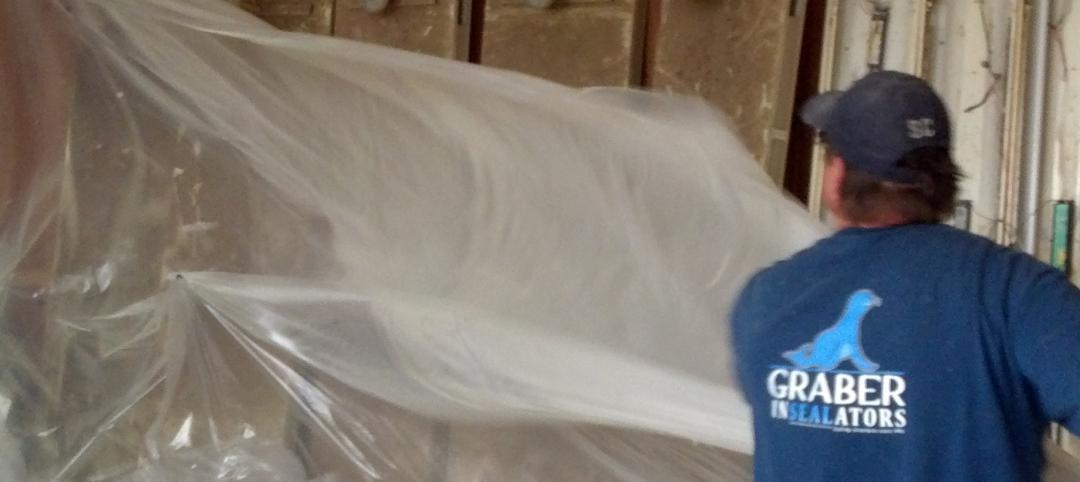Performance is crucial for insulation. “Superinsulation” and continuous insulation (abbreviated “ci”) across the entire envelope are critical elements of highly sustainable and net-zero projects, says Perkins+Will’s Cillian Collins. Green roofs, living walls, and some rainscreen enclosures offer a variety of insulating and environmental qualities.
Mineral wool, which is highly fire resistant, can also be effective, says SmithGroupJJR’s Andrew Dunlap. Wiss, Janney, Elstner’s Fiona Aldous mentions phase-change materials, super-thick insulation, and high-performance insulating blankets with R-values exceeding nine per inch of thickness.
The latest trend, says Aldous, is to ensure that the exterior wall assembly complies with continuous insulation requirements (where required) and NFPA 285, the IBC-mandated testing of combustible envelope material assemblies, including foam plastic insulation and certain water-resistive barriers.
Aldous says that even the best-designed envelopes can be undermined by thermal bridging in areas where insulation is deficient. She recommends the following:
• Determine how much insulation is needed, and how to install it properly.
• Evaluate the insulation’s permeability and the risk of creating an unintended vapor barrier.
• Locate the insulation correctly within the wall assembly.
• Use insulation to manage vapor movement or air leakage (or both).
• Minimize thermal bridges.
• Meet continuous insulation (ci) requirements.
• Comply with NFPA 285.
The choice of the correct insulation should be more than a rush to the highest available R-value. The products selected must contribute to a system that controls the flow of air, heat, vapor, and water. Older buildings’ envelopes, which may be leakier and less insulated, at least have a good potential for drying; the tighter, high-R-value envelopes in favor today allow very little thermal flow. So if there is bulk water intrusion or vapor/air leakage, moisture can remain in the envelope long enough to lead to mold, corrosion, and dry rot.
There are many options for envelope insulation. Fiberglass, rock wool, and slag wool have been used for decades, but now there’s rigid board, cellulose, and foam insulation, as well as cotton, wool, and hemp.
Hemp insulation (which was just recently allowed in the U.S.) comes from a renewable resource and is biodegradable and breathable, according to building enclosure experts. Hemp has good sound absorption, resists mold and bugs, and is stiffer than many other fiber insulations, so it doesn’t slump after it’s installed.
Slumping and movement following installation can be a problem, so passive designers have been looking to building materials that have insulation built into the material’s structure, such as structural insulated panels (SIPs), insulating concrete forms (ICFs), and insulated metal panels (IMPs). Polystyrene or polyurethane foams are major components of these prefabricated systems.
Another option: vacuum-insulated panels filled with aerogels. These so-called “VIPs” are panels with fumed silica or fibrous layers with nanopores. Some enclosure experts say they can enhance design flexibility, as they are thinner than some other insulations.
According to the USDOE Oak Ridge National Laboratory, open-cell aerogels are 90% or more air by volume and offer “unique physical properties, including the highest thermal resistivity, the highest specific surface area, the lowest density, the lowest refractive index, and the lowest dielectric constant of all solid materials.”
The dominant specs for insulation are plastics, some of which contain recycled content. Plastic foam board and spray-applied materials perform well as envelope insulation, both above and below grade.
Related Stories
| Jun 28, 2012
Federal applications of renewable energy
U.S. Army Fort Knox: Using the Earth for space heating and cooling. The U.S. Department of Energy’s (DOE) Federal Energy Management Program (FEMP) facilitates the Federal Government’s implementation of sound, cost-effective energy management and investment practices to enhance the nation’s energy security and environmental stewardship.
| Jun 1, 2012
New BD+C University Course on Insulated Metal Panels available
By completing this course, you earn 1.0 HSW/SD AIA Learning Units.
| Jun 1, 2012
AIA 2030 Commitment Program reports new results
The full report contains participating firm demographics, energy reduction initiatives undertaken by firms, anecdotal accounts, and lessons learned.
| May 29, 2012
Reconstruction Awards Entry Information
Download a PDF of the Entry Information at the bottom of this page.
| May 24, 2012
2012 Reconstruction Awards Entry Form
Download a PDF of the Entry Form at the bottom of this page.
| May 15, 2012
Don’t be insulated from green building
Examining the roles of insulation and manufacturing in sustainability’s growth.
| Feb 2, 2012
Call for Entries: 2012 Building Team Awards. Deadline March 2, 2012
Winning projects will be featured in the May issue of BD+C.
| Nov 29, 2011
First EPD awarded to exterior roof and wall products manufacturer
EPD is a standardized, internationally recognized tool for providing information on a product’s environmental impact.
| Oct 19, 2011
System for installing grease duct enclosures achieves UL listing
Updated installation results in 33% space savings.
| Oct 6, 2011
GREENBUILD 2011: Dow Corning features new silicone weather barrier sealant
Modular Design Architecture >Dow Corning 758 sealant used in GreenZone modular high-performance medical facility.














